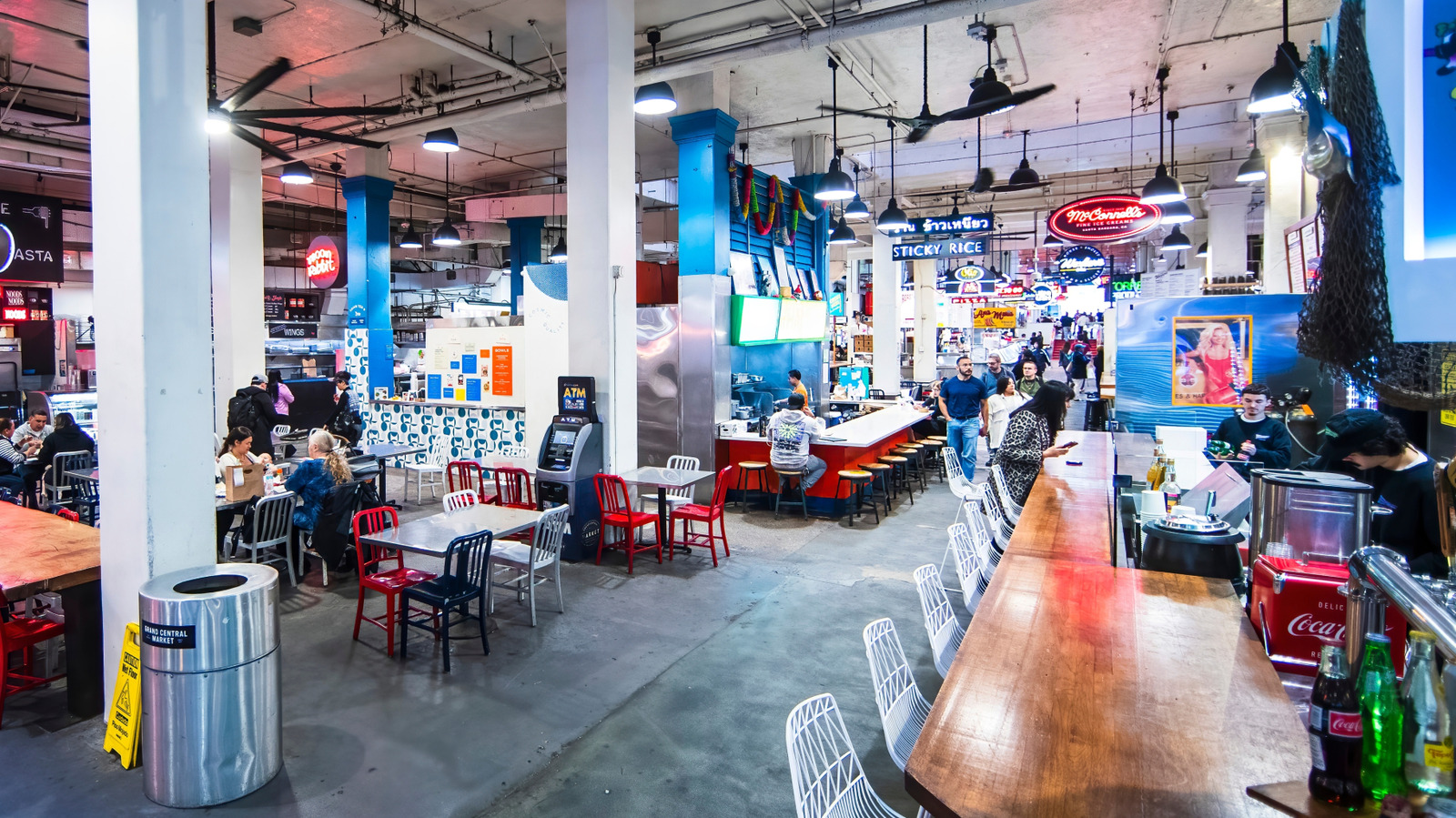
"like Los Angeles' Grand Central Market or Philadelphia's Reading Terminal Market, the concept of a bunch of small food stalls in one location was mostly limited to mall food courts filled with chains. That changed over the last decade. In 2010, there were only 25 food halls in the United States, but by the end of the decade, that number approached 200. Today, there are over 300 food halls nationwide, and reportedly almost 150 more in development."
"The first and most clear upside to food halls for everyone is price. This is a huge selling point as restaurant menu prices have increased by an average of 30% since 2020. By combining multiple small stalls under one roof, restaurant owners have lower overhead costs for rent and maintenance, and also a smaller footprint, which is a major portion of the expense of running a business."
Restaurants are struggling in the U.S. as inflation-weary customers balk at high prices, but food halls have been bucking that trend. Historic examples include Los Angeles' Grand Central Market and Philadelphia's Reading Terminal Market, while the food-hall concept mostly existed as mall food courts for years. The number of food halls rose from 25 in 2010 to nearly 200 by 2020, and today exceeds 300 with almost 150 more reportedly in development. Food halls lower vendor overhead through shared space and smaller footprints, enabling lower prices as restaurant menus have risen about 30% since 2020. Communal seating and varied vendors provide options for groups and different price points.
Read at Tasting Table
Unable to calculate read time
Collection
[
|
...
]